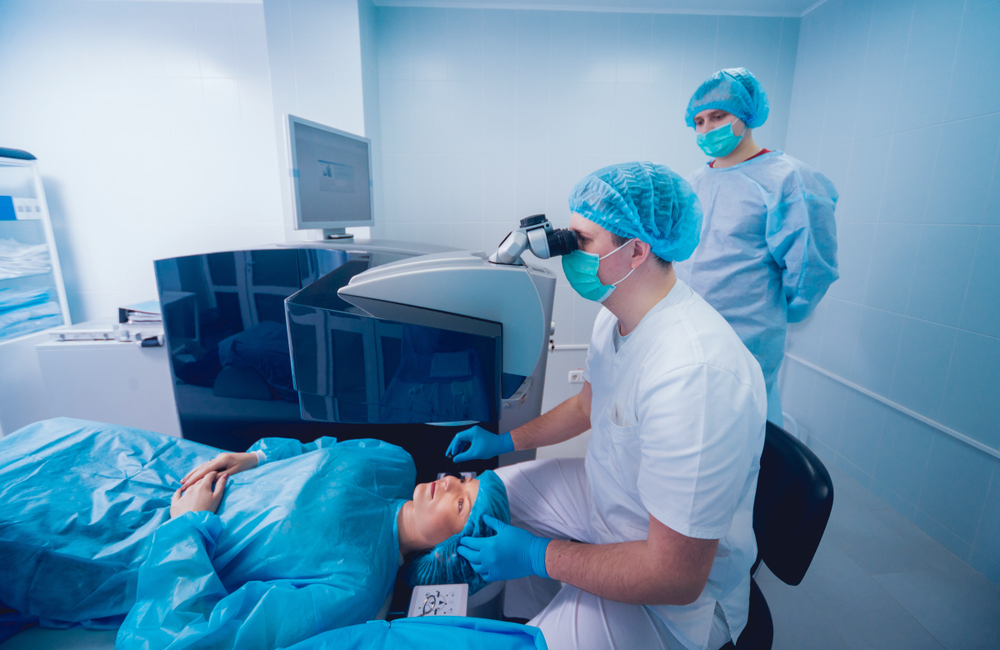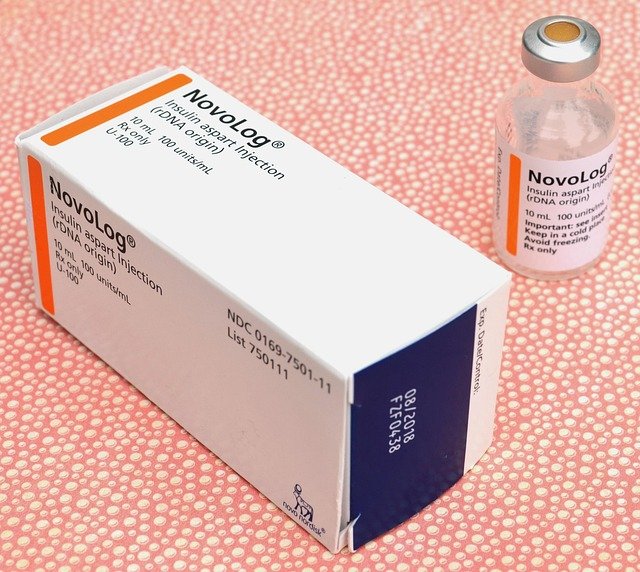Laser Eyelid Surgery: Precision Meets Rejuvenation
Eyelid surgery has evolved significantly with the introduction of laser technology, offering a new level of precision and minimally invasive options for those seeking eye rejuvenation. This advanced technique combines the benefits of traditional blepharoplasty with the accuracy of laser technology, resulting in improved outcomes and potentially shorter recovery times. As we delve into the world of laser eyelid surgery, we'll explore how this innovative approach is changing the landscape of cosmetic eye procedures.

How does laser eyelid surgery differ from traditional methods?
Laser eyelid surgery, also known as laser blepharoplasty, utilizes focused light energy instead of traditional surgical instruments to make incisions and remove excess tissue. This method allows for greater precision in tissue removal and can simultaneously cauterize blood vessels, potentially reducing bleeding and swelling. Unlike conventional scalpel techniques, laser technology can target specific layers of skin with minimal damage to surrounding areas, which may contribute to faster healing and less noticeable scarring.
What are the potential benefits of choosing laser eyelid surgery?
Opting for laser eyelid surgery can offer several advantages over traditional methods. The precision of the laser can lead to more accurate tissue removal, potentially resulting in more natural-looking results. The heat from the laser also stimulates collagen production, which may enhance skin tightening effects. Additionally, the reduced trauma to surrounding tissues often translates to less bruising and swelling post-procedure. Patients may experience shorter downtime and a quicker return to their daily activities compared to conventional surgery.
What does the laser eyelid surgery procedure involve?
The laser eyelid surgery procedure typically begins with the application of local anesthesia to ensure patient comfort. The surgeon then uses a specialized laser device to make precise incisions along the natural creases of the eyelids. Through these incisions, excess skin, fat, and muscle can be carefully removed or repositioned. The laser’s ability to seal blood vessels as it cuts can result in a cleaner surgical field, allowing for better visibility and control during the procedure. The entire process usually takes between one to three hours, depending on the extent of the treatment.
Are there any risks or side effects associated with laser eyelid surgery?
While laser eyelid surgery is generally considered safe, it’s important to note that all surgical procedures carry some level of risk. Potential side effects may include temporary discomfort, swelling, and bruising around the eyes. In rare cases, more serious complications such as infection, dry eyes, or changes in vision may occur. However, the precision of laser technology may help reduce the risk of certain complications associated with traditional methods, such as excessive bleeding or uneven results. It’s crucial for patients to discuss potential risks with their surgeon and follow all pre- and post-operative instructions carefully.
What can patients expect during the recovery process?
Recovery from laser eyelid surgery is often described as relatively quick compared to traditional blepharoplasty. Most patients experience some swelling and bruising immediately after the procedure, which typically subsides within a week to ten days. Cold compresses and prescribed eye drops can help manage discomfort and promote healing. Many individuals find they can return to work and light activities within 7-10 days, although complete healing may take several weeks. It’s important to protect the eyes from sun exposure and avoid strenuous activities during the initial recovery period to ensure optimal results.
How has laser technology advanced eyelid rejuvenation techniques?
Laser technology has significantly advanced eyelid rejuvenation techniques by offering surgeons greater control and precision during procedures. The ability to adjust laser settings allows for customized treatment based on individual patient needs and skin types. Some advanced laser systems can even combine different wavelengths to address multiple concerns simultaneously, such as skin tightening and wrinkle reduction. Furthermore, the development of fractional laser technology has opened up possibilities for non-surgical eyelid rejuvenation, providing options for patients who may not be candidates for or prefer to avoid surgery.
In conclusion, laser eyelid surgery represents a significant advancement in the field of oculoplastic surgery, offering a blend of precision and rejuvenation potential. As technology continues to evolve, patients can expect even more refined and personalized approaches to eyelid rejuvenation. While laser blepharoplasty shows promising results, it’s essential for individuals considering this procedure to consult with a board-certified surgeon to determine if it’s the right choice for their specific needs and goals.
This article is for informational purposes only and should not be considered medical advice. Please consult a qualified healthcare professional for personalized guidance and treatment.




